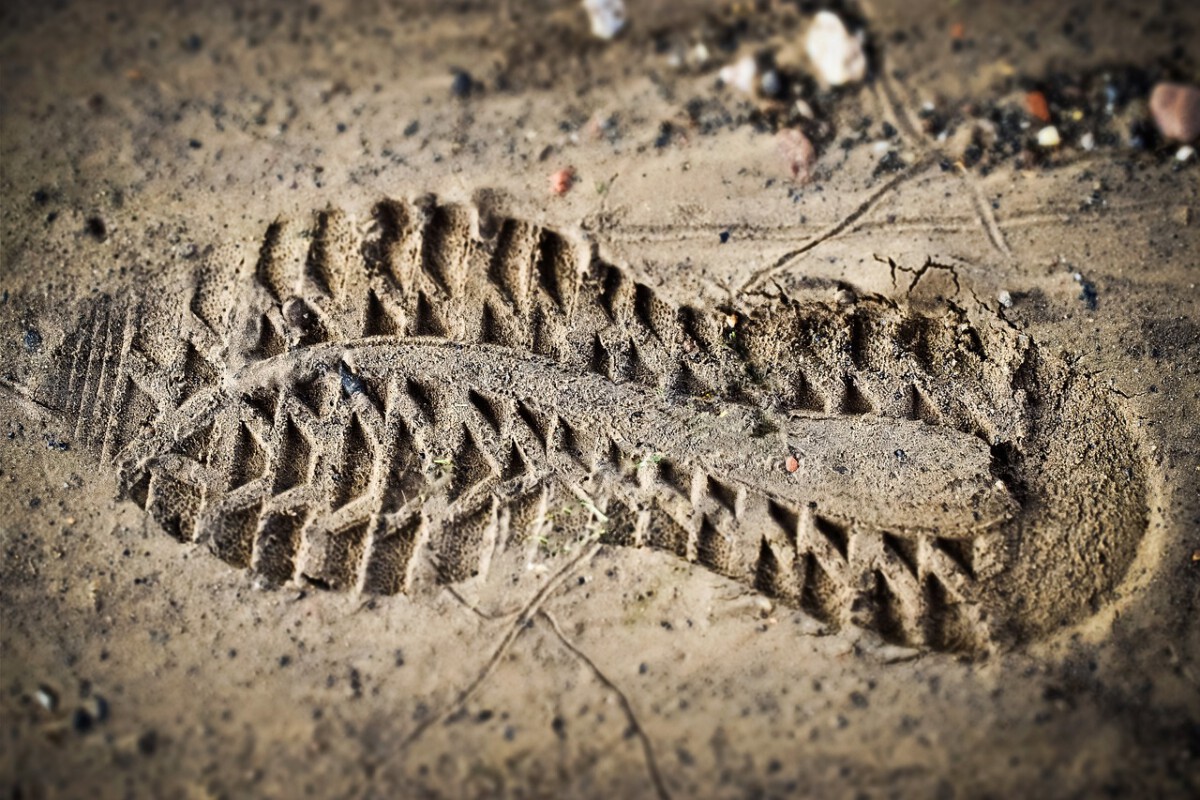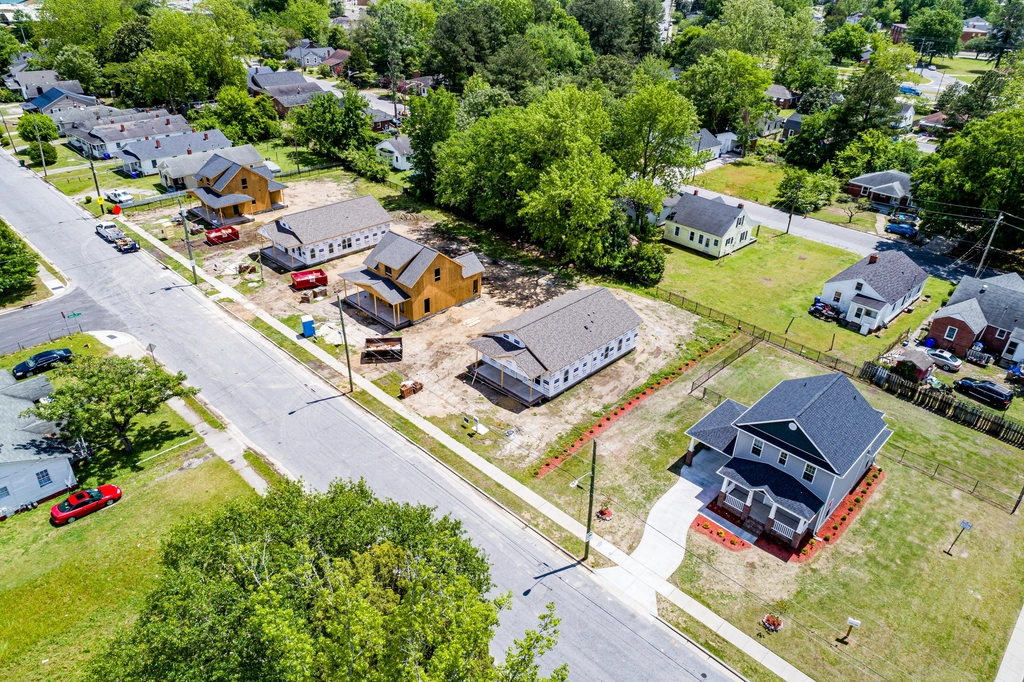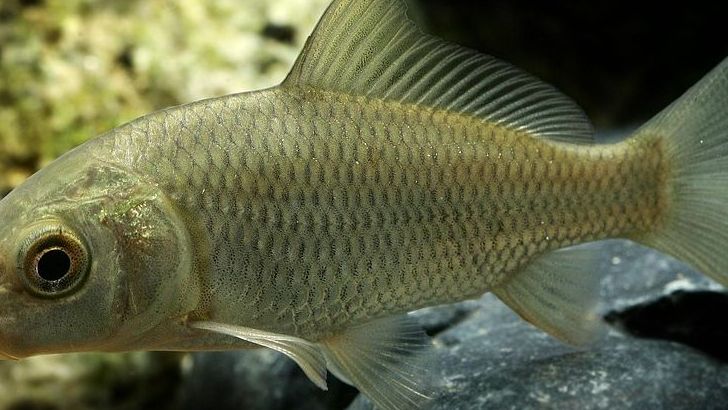Introduction to the Discovery

Recent archaeological findings have revealed what could be the oldest human footprints in North America, dating back approximately 23,000 years. This groundbreaking discovery was made in the White Sands National Park, New Mexico, where researchers uncovered a series of ancient footprints that challenge the previously held beliefs about when humans first inhabited the Americas. The footprints provide valuable insights into the lives of early humans and their interactions with the environment. Uncovering such ancient traces is akin to finding a hidden chapter in a long-forgotten book, offering tantalizing glimpses into our distant past. The significance of these findings cannot be overstated, as they reshape our understanding of human history on this continent.
The Significance of the Findings

The discovery of these footprints is significant for several reasons. First, it pushes back the timeline of human presence in North America, suggesting that humans arrived on the continent much earlier than previously thought. This finding has implications for our understanding of human migration patterns and the spread of populations across the globe. Additionally, the footprints offer a unique glimpse into the daily lives of these early inhabitants, including their movement patterns and social behaviors. Imagine standing in the same spot where someone walked thousands of years ago; it’s a direct connection to our ancestors. Such discoveries are like keys that unlock new narratives about who we are and where we came from.
Details of the Footprint Discovery

The footprints were discovered in a layer of sediment that was previously thought to be too young to contain evidence of human activity. Researchers used radiocarbon dating to analyze the layers of sediment and found that the footprints were indeed much older than expected. The footprints vary in size, indicating that they were made by both adults and children, which suggests that families may have traveled together in search of food and resources. This variety adds a personal dimension to the discovery, painting a vivid picture of life during that era. Such findings are like snapshots frozen in time, offering a glimpse into the dynamics of early human communities.
– **Age of Footprints:** Approximately 23,000 years old
– **Location:** White Sands National Park, New Mexico
– **Number of Footprints:** Over 60 distinct footprints identified
– **Footprint Sizes:** Ranging from child-sized to adult-sized
Implications for Human Migration Theories

The discovery of these ancient footprints has significant implications for existing theories about human migration to the Americas. Previously, it was believed that the first humans arrived via the Bering Land Bridge around 13,000 years ago. However, these findings suggest that humans may have been present in North America during the last Ice Age, long before the Bering Land Bridge was accessible. This challenges the conventional timeline and encourages researchers to reconsider the routes and methods of early human migration. The implications are profound, as they suggest a more complex and nuanced history of human migration than previously imagined. These footprints are like breadcrumbs leading us to reevaluate long-held beliefs about our past.
The Environmental Context

The footprints were found in an area that was once a large lake, providing a rich environment for early humans. The presence of water would have attracted various animals, making it an ideal location for hunting and gathering. The discovery of the footprints in this context highlights the adaptability of early humans to different environments and their ability to thrive in challenging conditions. It’s akin to finding a thriving oasis in a desert, demonstrating the resourcefulness and resilience of our ancestors. Understanding the environmental context is crucial, as it sheds light on the challenges and opportunities faced by these early inhabitants.
The Role of Technology in the Discovery

Modern technology played a crucial role in the discovery and analysis of the footprints. Researchers utilized advanced imaging techniques and sediment analysis to uncover the footprints and determine their age. These technologies have allowed scientists to gain a deeper understanding of the geological and environmental conditions that existed during the time the footprints were made. It’s like using a magnifying glass to uncover the intricate details of a masterpiece, revealing insights that were once hidden from view. Technology acts as a bridge, connecting us to the distant past and enabling us to explore the mysteries of our origins.
Future Research Directions

The discovery of the oldest human footprints in America opens up new avenues for research. Scientists are eager to explore the surrounding areas for additional evidence of early human activity and to better understand the lifestyle and culture of these ancient populations. Future studies may focus on the tools and artifacts that may have been left behind, as well as the dietary habits of early humans. This discovery serves as a catalyst, igniting curiosity and sparking a desire to delve deeper into the past. It’s like opening a treasure chest, with each new find offering a wealth of information and insights.
Visual Representation

To further illustrate the significance of this discovery, images of the footprints, the excavation site, and maps showing the migration routes of early humans can be included. These visuals will help readers better understand the context and importance of the findings. Images act as windows into the past, allowing us to visualize the world as it once was.
– **Suggested Images:**
– Close-up of the footprints
– Archaeologists working at the excavation site
– Map of early human migration routes to North America
By delving into the details of this discovery, we can appreciate the complexity of human history and the ongoing quest to uncover the stories of our ancestors.






